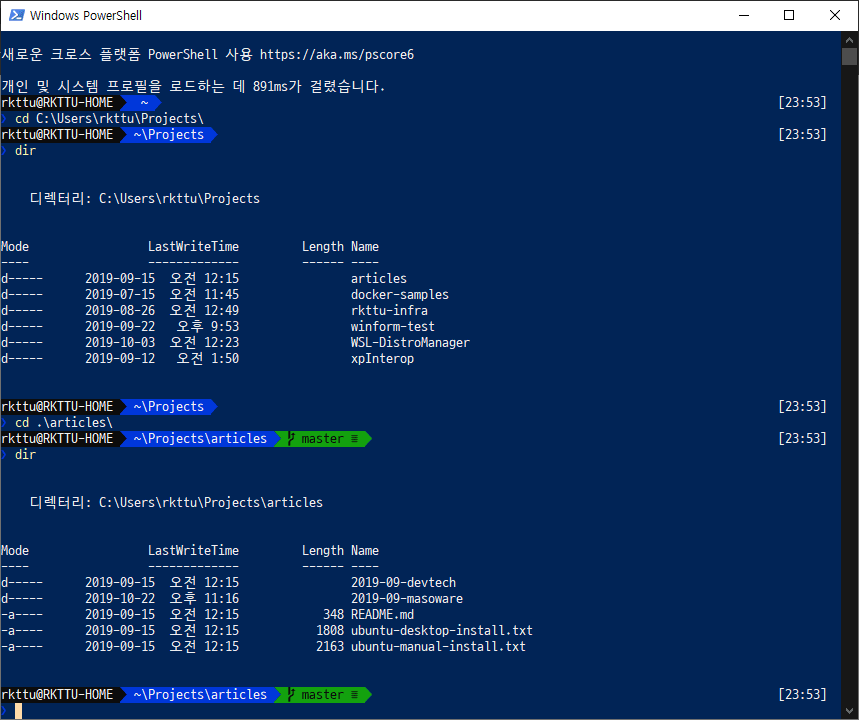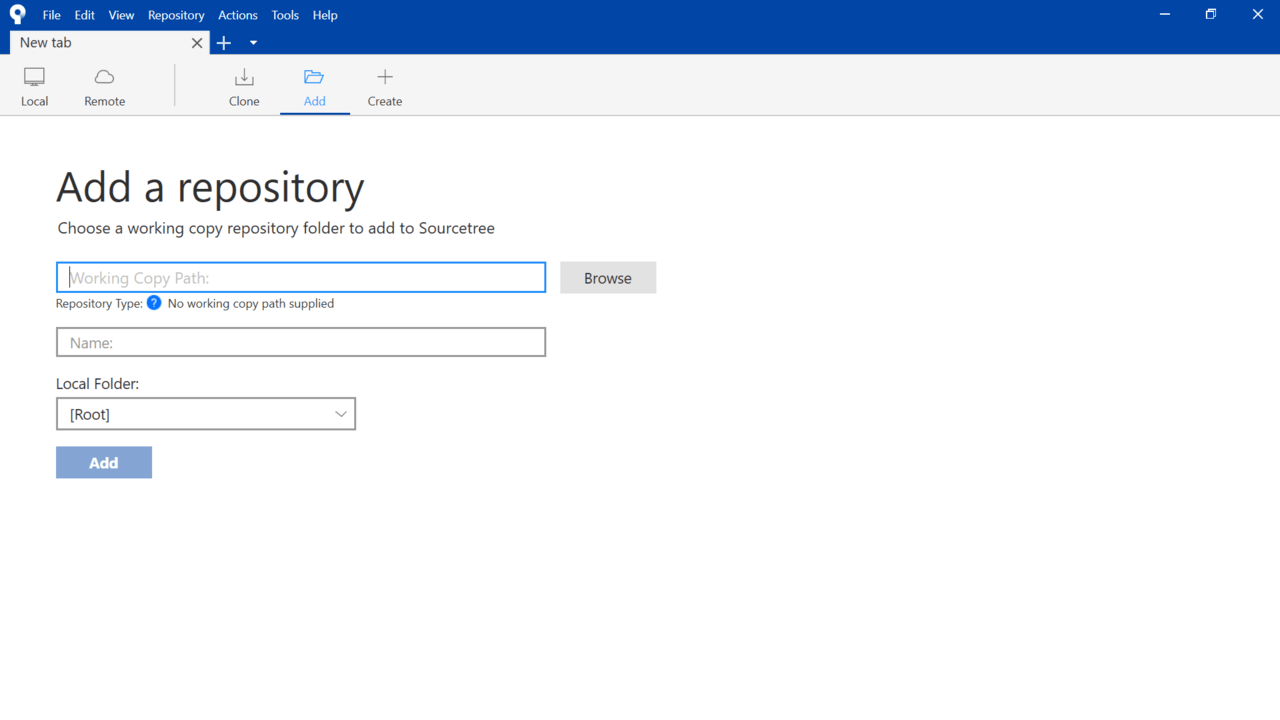
 Find and make copies of remote repositories via a user-friendly SourceTree interface.Ī branch is basically a separation of the module that you want your team members to work on. Group them, set dependencies, and do other helpful things. Manage your projects smarter with Submodules. Use it to make commits cleaner and clearer. You will like the interactive rebase tool the SourceTree offers. SourceTree and out-of-the-box git-flow branching allows you to keep the repositories clutter-free, which facilitates high-capacity development. You don't need to leave the SourceTree to find branches, commits, and file changes, do it within the app.
Find and make copies of remote repositories via a user-friendly SourceTree interface.Ī branch is basically a separation of the module that you want your team members to work on. Group them, set dependencies, and do other helpful things. Manage your projects smarter with Submodules. Use it to make commits cleaner and clearer. You will like the interactive rebase tool the SourceTree offers. SourceTree and out-of-the-box git-flow branching allows you to keep the repositories clutter-free, which facilitates high-capacity development. You don't need to leave the SourceTree to find branches, commits, and file changes, do it within the app.  Your team can keep an eye on big data assets from a single location thanks to SourceTree support of Git Large File Support. Learn from detailed tutorials throwing light at merging, branching, and many more aspects. Working with Git properly requires extensive knowledge. SourceTree is compatible with two popular OS, so you can harness the power of Git no matter of your preferences (Windows or Mac). Review informative branching diagrams and achieve team objectives keeping up the good job. Get updates associated with your code on the fly. You don't have a single chance to miss anything. Using the Client you get on top of the tasks you are working at. You just need to add a flag to the `ls` command that will ask it to show hidden folders, and that’s the `-laf` flag. With a bit of magic, though, we can see it ourselves. That period in front of the `.git` folder means that it’s actually a hidden folder, so it won’t show up in your Finder or Explorer window and is typically only meant for scripts and OS-level commands to access.
Your team can keep an eye on big data assets from a single location thanks to SourceTree support of Git Large File Support. Learn from detailed tutorials throwing light at merging, branching, and many more aspects. Working with Git properly requires extensive knowledge. SourceTree is compatible with two popular OS, so you can harness the power of Git no matter of your preferences (Windows or Mac). Review informative branching diagrams and achieve team objectives keeping up the good job. Get updates associated with your code on the fly. You don't have a single chance to miss anything. Using the Client you get on top of the tasks you are working at. You just need to add a flag to the `ls` command that will ask it to show hidden folders, and that’s the `-laf` flag. With a bit of magic, though, we can see it ourselves. That period in front of the `.git` folder means that it’s actually a hidden folder, so it won’t show up in your Finder or Explorer window and is typically only meant for scripts and OS-level commands to access. 
If `ls` and seeing your project’s folders isn’t enough for you, there’s another technique to be even more sure that you’re in the right place. The other way is to initialize a new Git repository using the `git init` command to set up version tracking in a new folder.Įither way, that `.git` folder I mentioned should exist in the repository’s root (top-most folder). One way is to run the `git clone` command and clone a repository from an existing repository (whether that repository exists locally on your computer or on a server running Git such as ). Generally speaking, you can get a Git repository locally in one of two ways. How to really know you’re in a Git repository







 0 kommentar(er)
0 kommentar(er)
